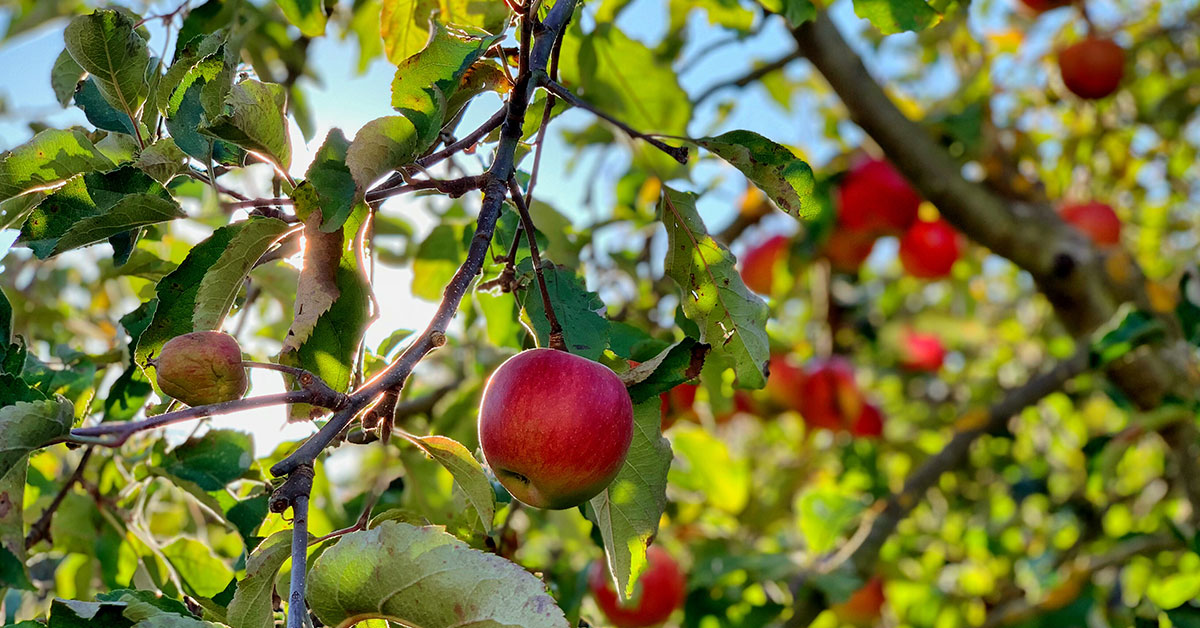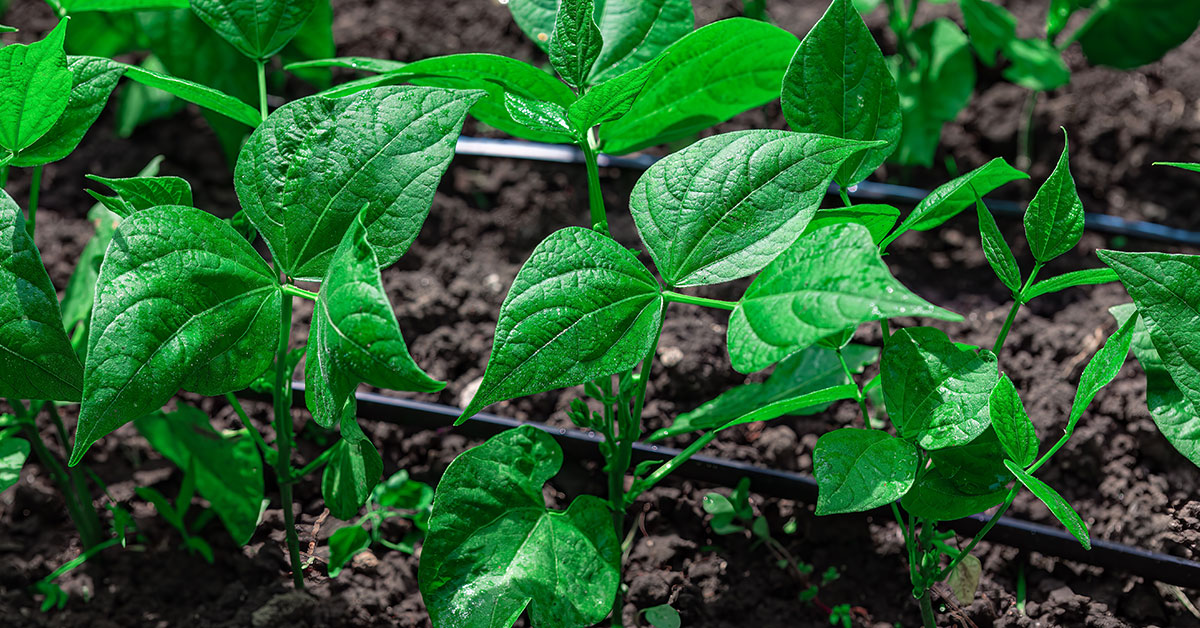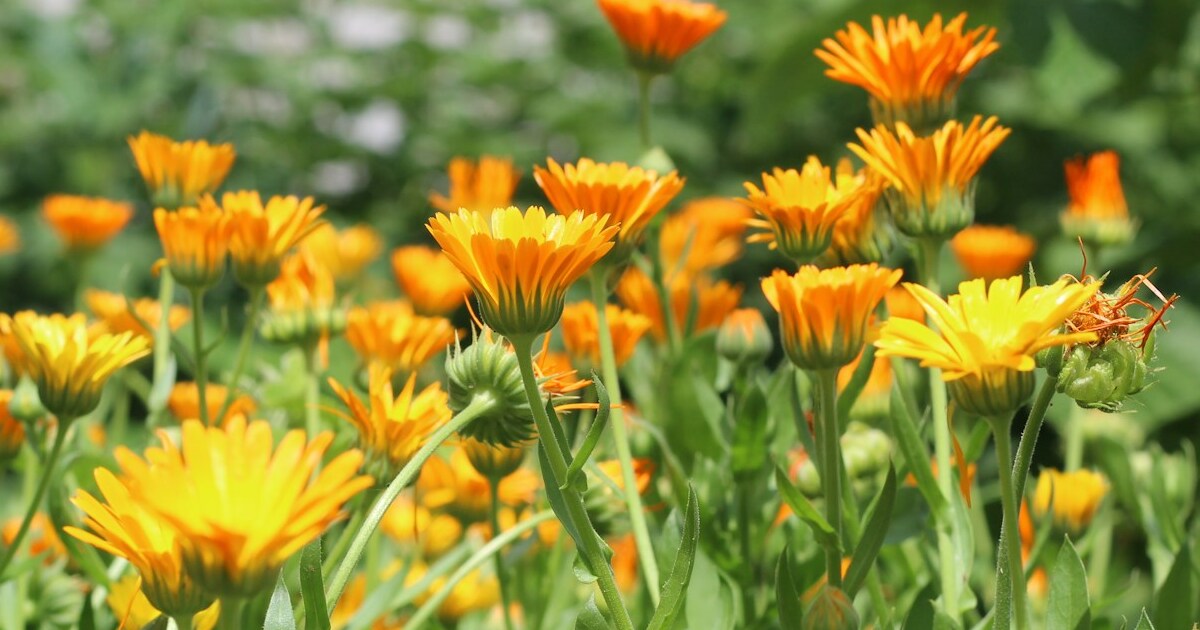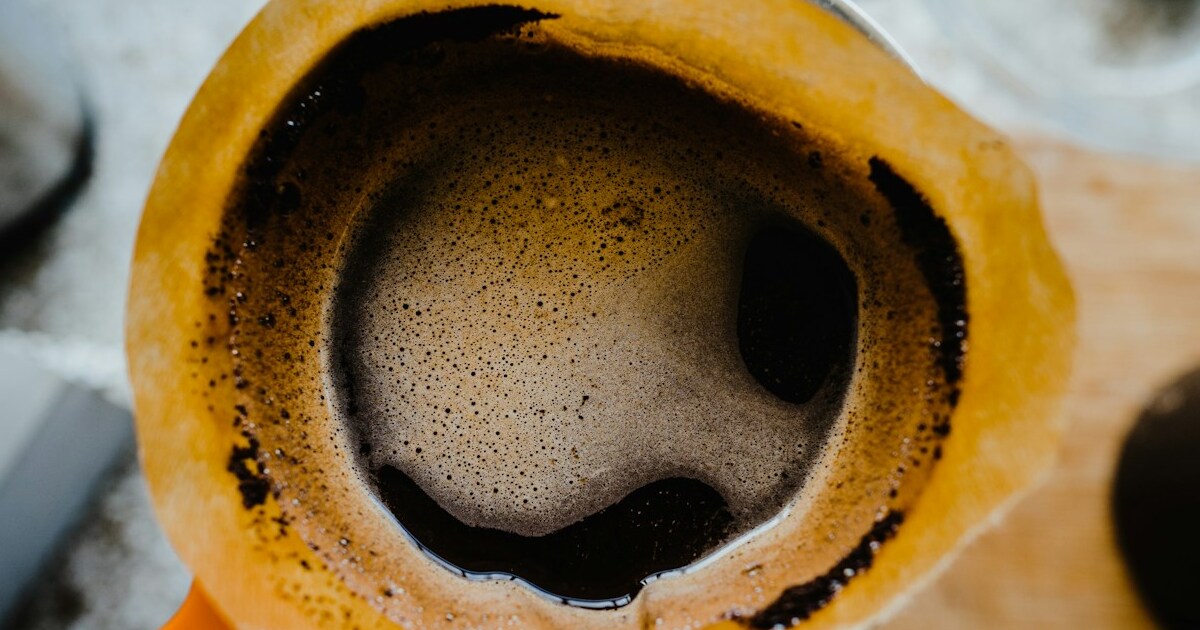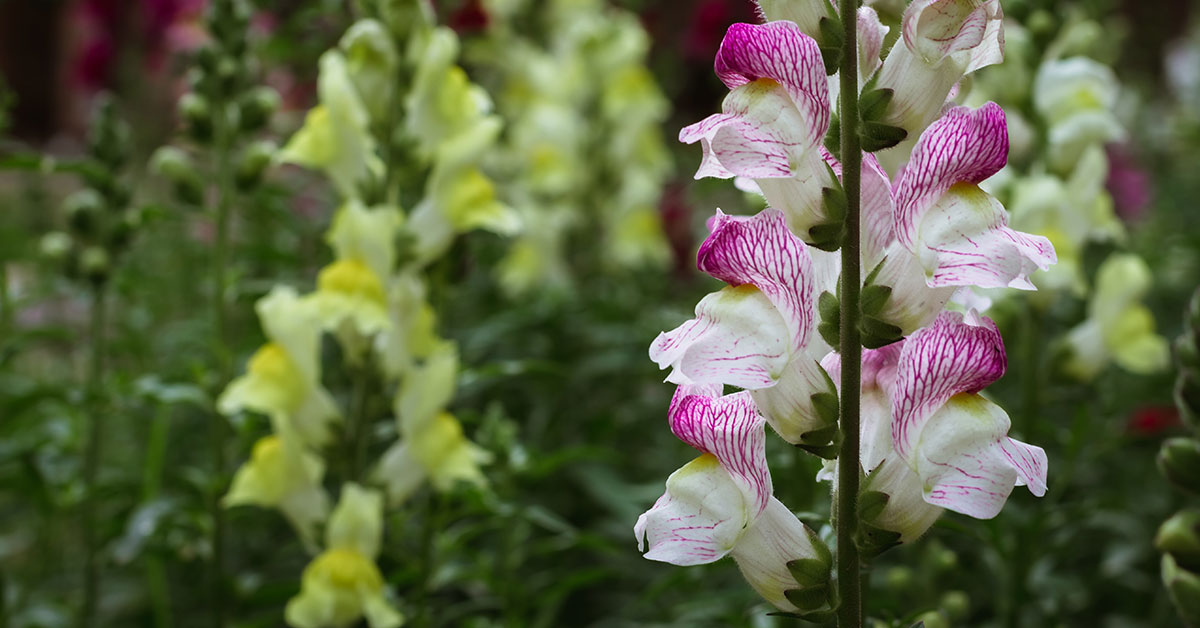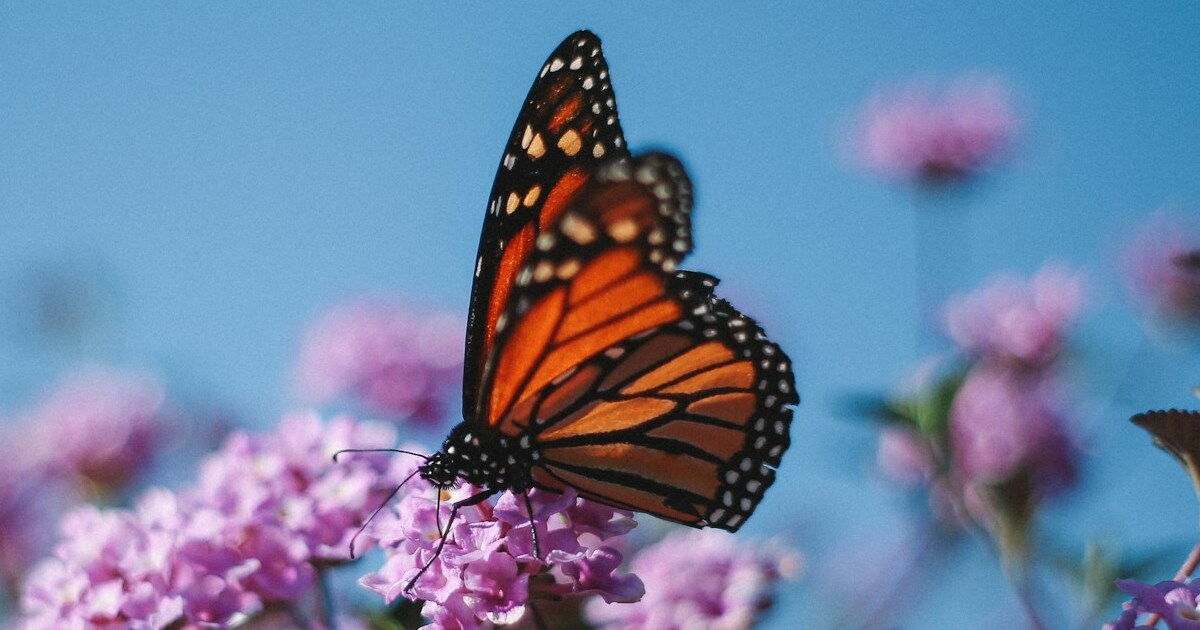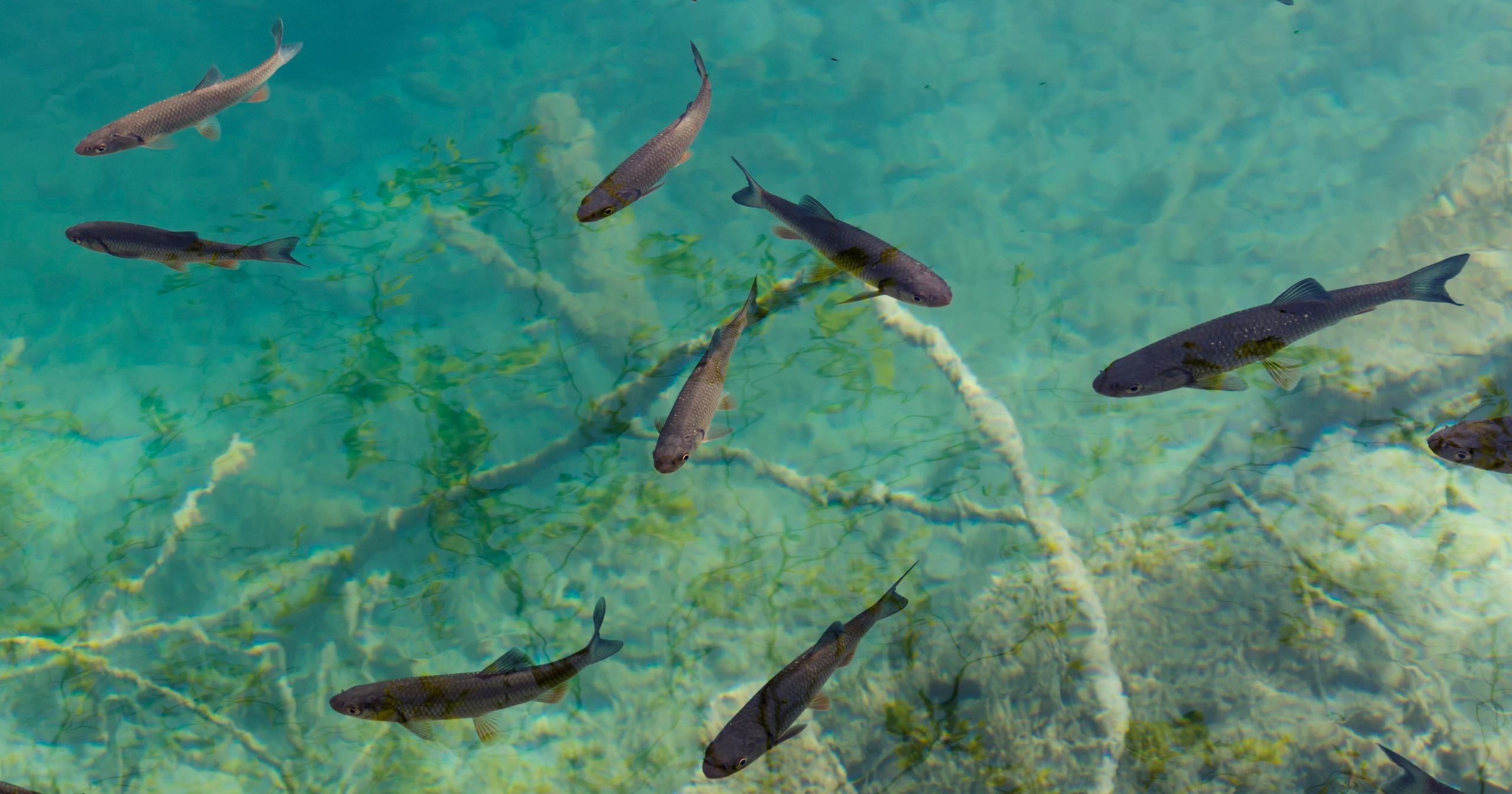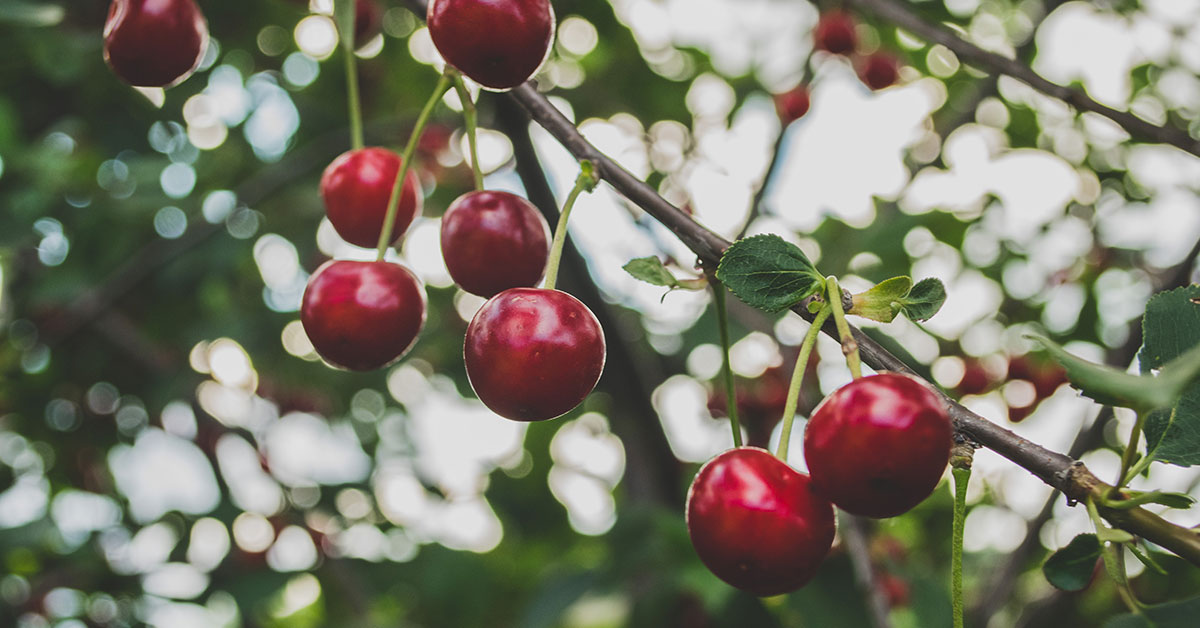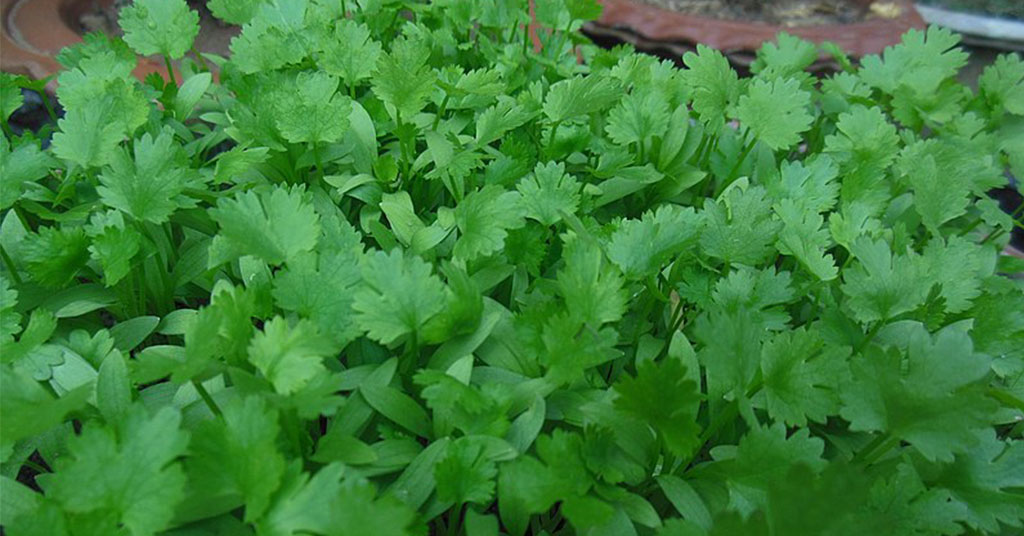Welcome to the tropical paradise of Hawaii, where the lush landscapes and favorable climate make it an ideal haven for fruit tree enthusiasts. Whether you are a seasoned gardener or a novice looking to embark on a fruitful journey, Hawaii offers a diverse range of fruit trees that thrive in its unique environment. From the vibrant flavors of papayas and pineapples to the exotic delights of mangoes and avocados, the best fruit trees to grow in Hawaii promise a bountiful harvest and a taste of paradise.
In this article, we will explore some of the top choices for fruit trees that will flourish in the Hawaiian soil, providing you with not only delicious fruits but also a visually stunning addition to your garden. So, grab your gardening tools and let’s dive into the world of tropical fruit trees in Hawaii!
The best fruit trees to grow in Hawaii
Best Fruit Trees to Grow in Hawaii Hawaii’s tropical climate and fertile soil provide an ideal environment for growing a wide variety of fruit trees. Whether you are a seasoned gardener or a beginner, **choosing the right fruit trees** is crucial for a successful harvest. Here are some of the best fruit trees to grow in Hawaii:
- Mango Trees: Known as the “king of fruits,” mango trees thrive in Hawaii’s warm and humid climate. With their luscious, juicy fruits and fragrant blossoms, mango trees are a favorite among gardeners. Varieties such as ‘Keitt,’ ‘Haden,’ and ‘Manila’ are well-suited for Hawaii’s conditions.
- Papaya Trees: Another popular choice for Hawaii’s gardens is the papaya tree. These fast-growing trees produce deliciously sweet and vibrant orange fruits. Varieties like ‘Sunrise’ and ‘Solo’ are highly recommended for their disease resistance and exceptional flavor.
- Banana Trees: With their large, tropical leaves and bunches of sweet fruits, banana trees are a must-have in any Hawaiian garden. Varieties such as ‘Dwarf Cavendish’ and ‘Apple Banana’ are well-suited for smaller spaces and produce an abundance of tasty bananas.
- Avocado Trees: Avocado trees thrive in Hawaii’s warm coastal regions. These evergreen trees produce creamy, nutrient-rich fruits that are perfect for salads, sandwiches, and guacamole. Varieties like ‘Sharwil’ and ‘Hass’ are well-known for their excellent flavor and adaptability.
- Citrus Trees: From oranges and lemons to limes and grapefruits, citrus trees are a fantastic addition to any Hawaiian garden. These trees provide refreshing fruits and aromatic blossoms. Varieties like ‘Valencia’ oranges, ‘Eureka’ lemons, and ‘Tahitian’ limes are well-suited for Hawaii’s climate.
- Pineapple Trees: While technically not a tree, pineapple plants are a quintessential fruit to grow in Hawaii. These spiky plants produce sweet and tangy fruits that are synonymous with the islands. Growing pineapple plants in containers or directly in the ground is relatively easy, making them a great choice for beginners.
- Lychee Trees: Lychee trees are highly prized for their juicy and aromatic fruits. These trees thrive in Hawaii’s tropical climate and produce clusters of small, red fruits with a sweet and slightly tart flavor. Varieties like ‘Kaimana’ and ‘Brewster’ are well-regarded for their exceptional taste.
When selecting fruit trees for your Hawaiian garden, consider factors such as space availability, soil conditions, and your personal taste preferences. Additionally, ensure that you provide proper care, including regular watering, fertilization, and pest control, to maximize the health and productivity of your fruit trees. Happy gardening and enjoy the bountiful harvest from your best fruit trees in Hawaii!
Avoid growing these fruit trees in Hawaii
When it comes to growing fruit trees in Hawaii, there are several factors to consider to ensure a successful harvest. While the tropical climate of Hawaii provides an ideal environment for many fruit trees, there are a few varieties that should be avoided due to their specific requirements or susceptibility to pests and diseases. Here are some fruit trees that are not recommended for cultivation in Hawaii:
Apple Trees: Apple trees typically require a period of winter dormancy, which is not naturally provided by Hawaii’s year-round warm climate. While some low-chill apple varieties have been developed, they still struggle to produce quality fruit in Hawaii’s conditions.
Cherry Trees: Similar to apple trees, cherry trees also require a period of winter chilling to set fruit properly. The lack of cold temperatures in Hawaii makes it challenging for cherry trees to thrive and produce a bountiful harvest.
Peach Trees: Peach trees, like apples and cherries, have a chilling requirement that is difficult to meet in Hawaii. While some low-chill peach varieties have been developed, they often struggle to produce high-quality fruit in the absence of a true winter season.
Apricot Trees: Apricot trees have a high chilling requirement and are not well-suited for Hawaii’s warm climate. The lack of sufficient winter chilling can lead to poor fruit set and overall tree health.
Pear Trees: Pear trees also require a significant amount of winter chilling to produce quality fruit. Hawaii’s mild climate does not provide the necessary conditions for pear trees to thrive, resulting in limited fruit production.
By avoiding these fruit trees, gardeners in Hawaii can focus on cultivating the best fruit trees to grow in Hawaii that are better adapted to the tropical climate and can provide a bountiful harvest.
Fruit tree growing tips for Hawaii
Hawaii’s tropical climate provides an ideal environment for growing a wide variety of fruit trees. To ensure successful cultivation, it is important to follow some essential tips and best practices. Here are some guidelines to help you grow the best fruit trees in Hawaii:
- Choose the Right Fruit Trees: Hawaii’s warm climate allows for the successful cultivation of a diverse range of fruit trees. Some of the best fruit trees to grow in Hawaii include mango, papaya, avocado, citrus (such as oranges, lemons, and limes), guava, lychee, and breadfruit. Select fruit tree varieties that are well-suited to your specific microclimate and soil conditions.
- Consider Soil Quality: Fruit trees thrive in well-draining soil with good fertility. Conduct a soil test to determine its pH level and nutrient content. Amend the soil with organic matter, such as compost or well-rotted manure, to improve its structure and fertility. Regularly mulch around the base of the trees to retain moisture and suppress weed growth.
- Provide Adequate Sunlight: Most fruit trees require full sun exposure to produce high-quality fruits. Ensure that your chosen planting location receives at least 6-8 hours of direct sunlight each day. If your garden has shaded areas, consider planting shade-tolerant fruit trees like bananas or taro in those spots.
- Water Regularly: Fruit trees in Hawaii generally require regular watering, especially during dry periods. However, it is crucial to avoid overwatering, as it can lead to root rot and other diseases. Water deeply and thoroughly, allowing the soil to dry out slightly between waterings. Consider installing a drip irrigation system to provide consistent moisture to the trees’ root zones.
- Pruning and Training: Pruning fruit trees is essential for maintaining their health, shape, and productivity. Regularly remove dead, damaged, or diseased branches to prevent the spread of pests and diseases. Prune to improve airflow and sunlight penetration, which aids in fruit development. Additionally, train young fruit trees by selecting a central leader and removing competing branches to establish a strong framework.
- Fertilize Appropriately: Fruit trees in Hawaii benefit from regular fertilization to ensure optimal growth and fruit production. Apply a balanced, slow-release fertilizer specifically formulated for fruit trees. Follow the manufacturer’s instructions for application rates and timing. Additionally, consider supplementing with organic fertilizers, such as seaweed extracts or fish emulsion, to provide micronutrients and enhance soil health.
- Pest and Disease Management: Hawaii’s warm climate can attract various pests and diseases that can affect fruit trees. Monitor your trees regularly for signs of pests like aphids, fruit flies, or scale insects. Employ organic pest control methods, such as introducing beneficial insects or using insecticidal soaps or oils. Additionally, practice good sanitation by removing fallen fruits and leaves to prevent the spread of diseases.
- Harvesting and Storage: Harvest fruits at their peak of ripeness to enjoy the best flavor and texture. Different fruit trees have specific indicators of ripeness, such as color, firmness, or aroma. Store harvested fruits appropriately, following specific guidelines for each fruit type. Some fruits are best stored at room temperature, while others require refrigeration.
By following these tips and best practices, you can successfully grow a variety of fruit trees in Hawaii’s tropical climate. Enjoy the bountiful harvests and the delicious fruits that your garden will provide.


